The completion of the Mumbai Coastal Road project is expected to have a significant impact on South Mumbai's real estate market, both in terms of connectivity and development. With the recent inauguration of a key section of the project by Maharashtra Chief Minister Eknath Shinde, the Coastal Road now links the Marine Drive-Worli section to the Bandra Worli Sea Link (BWSL), reducing travel time between South Mumbai and the suburbs. This infrastructure boost is likely to reshape the dynamics of the city’s real estate market, particularly in the South Mumbai area.
Enhanced Connectivity and Real Estate Impact
The Coastal Road, once fully operational, will drastically reduce travel time from Marine Drive to Bandra to just 10 minutes, vastly improving accessibility between South Mumbai and the suburbs like Bandra, Versova, and Andheri. This enhanced connectivity is expected to boost real estate demand in prime locations such as Nariman Point, Cuffe Parade, Churchgate, and Mumbai Central, which have long been established commercial and residential hubs.
Real estate experts believe that the project will especially benefit redevelopment initiatives in South and Central Mumbai. Redevelopment of aging properties in these areas has gained momentum post-pandemic, with increased interest in breathing new life into old residential and commercial buildings. The connectivity improvements brought by the Coastal Road will make these areas even more desirable for both residents and businesses.
Impact on Commercial and Residential Real Estate Prices
Despite the infrastructure improvements, Savills India, a real estate consultancy, suggests that the Coastal Road project might not have an immediate big impact on property prices. Office rents in South Mumbai have remained steady due to a lack of high-quality spaces, with current rates between ₹200 and ₹240 per square foot. However, these upgrades could help maintain demand, encouraging businesses to set up smaller offices in South Mumbai, alongside their larger operations in the more expensive Bandra-Kurla Complex (BKC).
For residential properties, prices in South Mumbai are still very high, with new Grade A commercial buildings priced at up to ₹50,000 per square foot and residential properties reaching ₹1 lakh per square foot. The Coastal Road project, along with other developments like the Mumbai Metro Line 3, could lead to a rise in property values, especially in upscale areas like Malabar Hill, Breach Candy, and Worli.
Growth in Redevelopment Projects
The redevelopment trend in South Mumbai, which had slowed during the pandemic, is now picking up pace. In recent months, several prominent developers have secured rights to redevelop properties in prime areas. For instance, Bengaluru-based Puravankara has entered the super-luxury real estate market with its redevelopment of Miami Apartments in Breach Candy, while Macrotech Developers (Lodha Group) is working on high-profile projects like Lodha Malabar in Malabar Hill. Other developers such as Godrej Properties and Sunteck are also launching projects in the area.
The increase in redevelopment is reflected in the market data. According to a report by CREDAI-MCHI and CRE Matrix, South Mumbai saw a 41% increase in housing sales in FY 2024 compared to FY 2023, with 2,154 units sold in the area. However, unsold inventory remains relatively stable, with a slight 2% increase over the same period.
Future Prospects:
Chief Minister Eknath Shinde has hailed the Mumbai Coastal Road as a game-changer for the city. The government plans to extend the road beyond Versova to Bhayander, Virar, and Palghar, which would significantly benefit suburban areas and the mega Vadhvan Port, a key infrastructure project in the region. The Coastal Road's extension is expected to further reduce travel times across the metropolitan area and support growth in the real estate market outside of South Mumbai.
The completion of the Coastal Road project promises not only to improve traffic flow and reduce pollution but also to stimulate both commercial and residential real estate development across Mumbai. While immediate price surges may not be evident, the long-term benefits of improved infrastructure are likely to attract more interest from developers, homebuyers, and businesses looking for prime locations with enhanced connectivity.

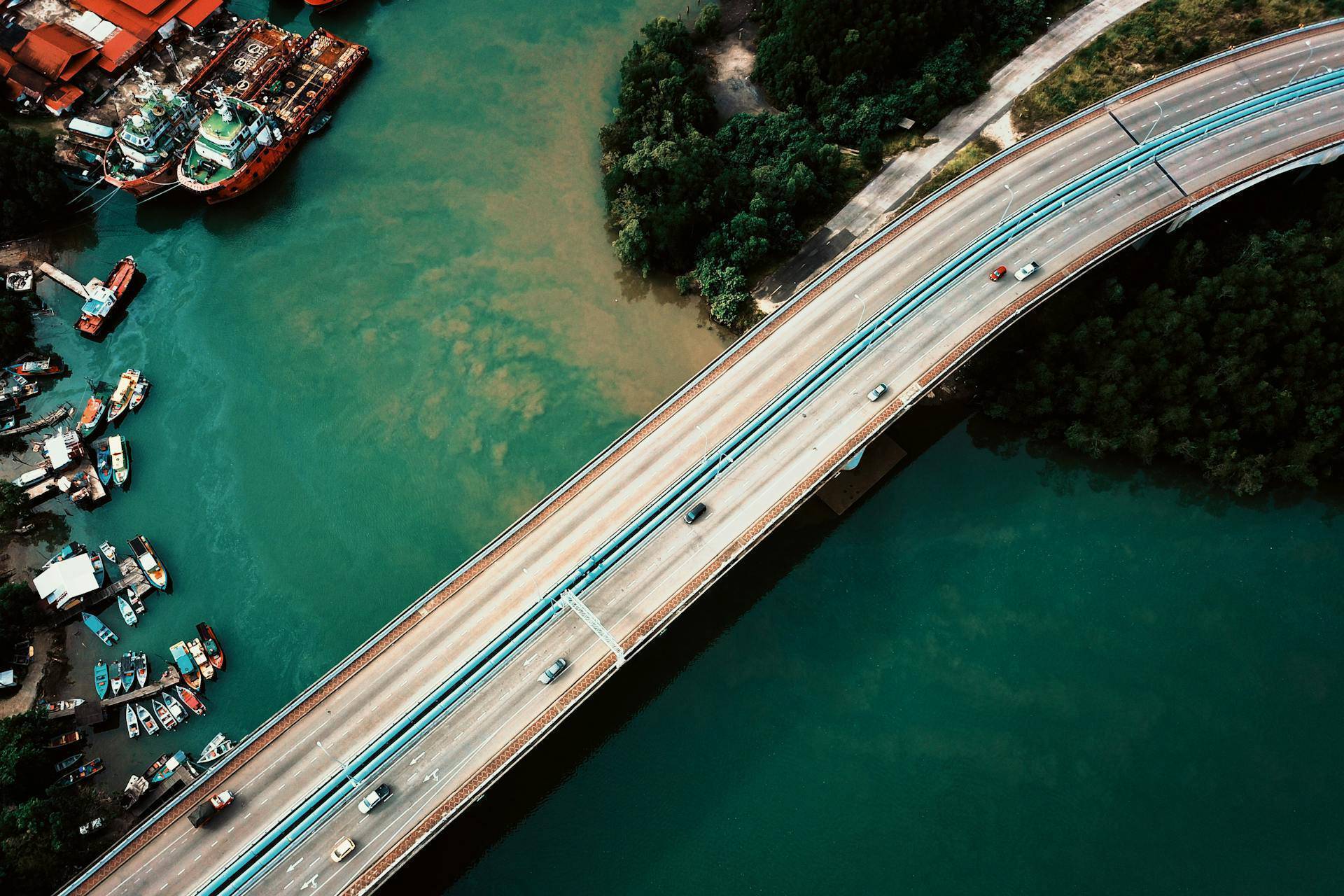
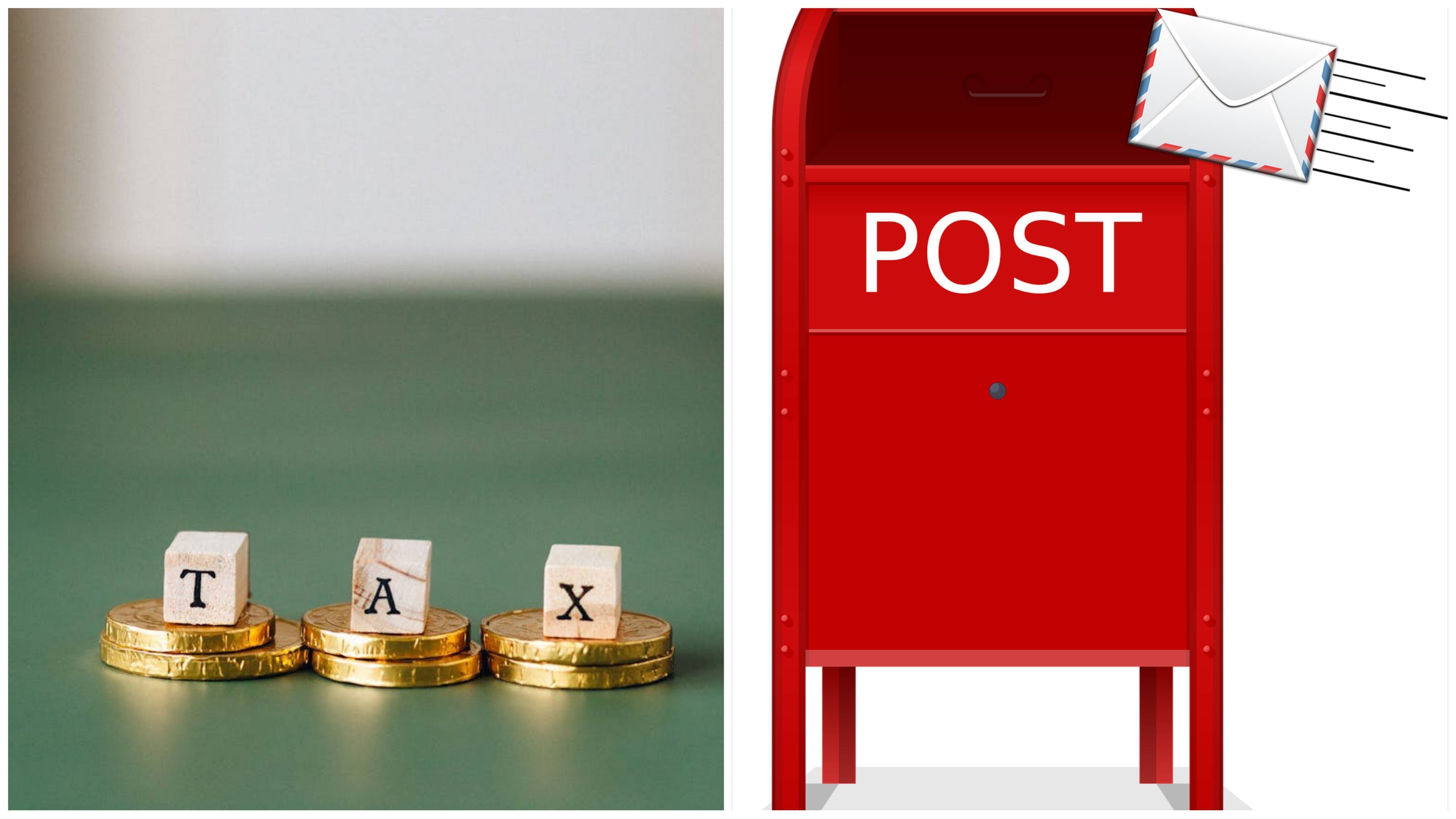
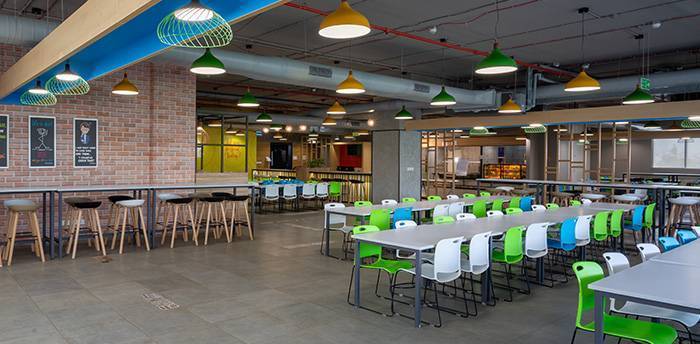
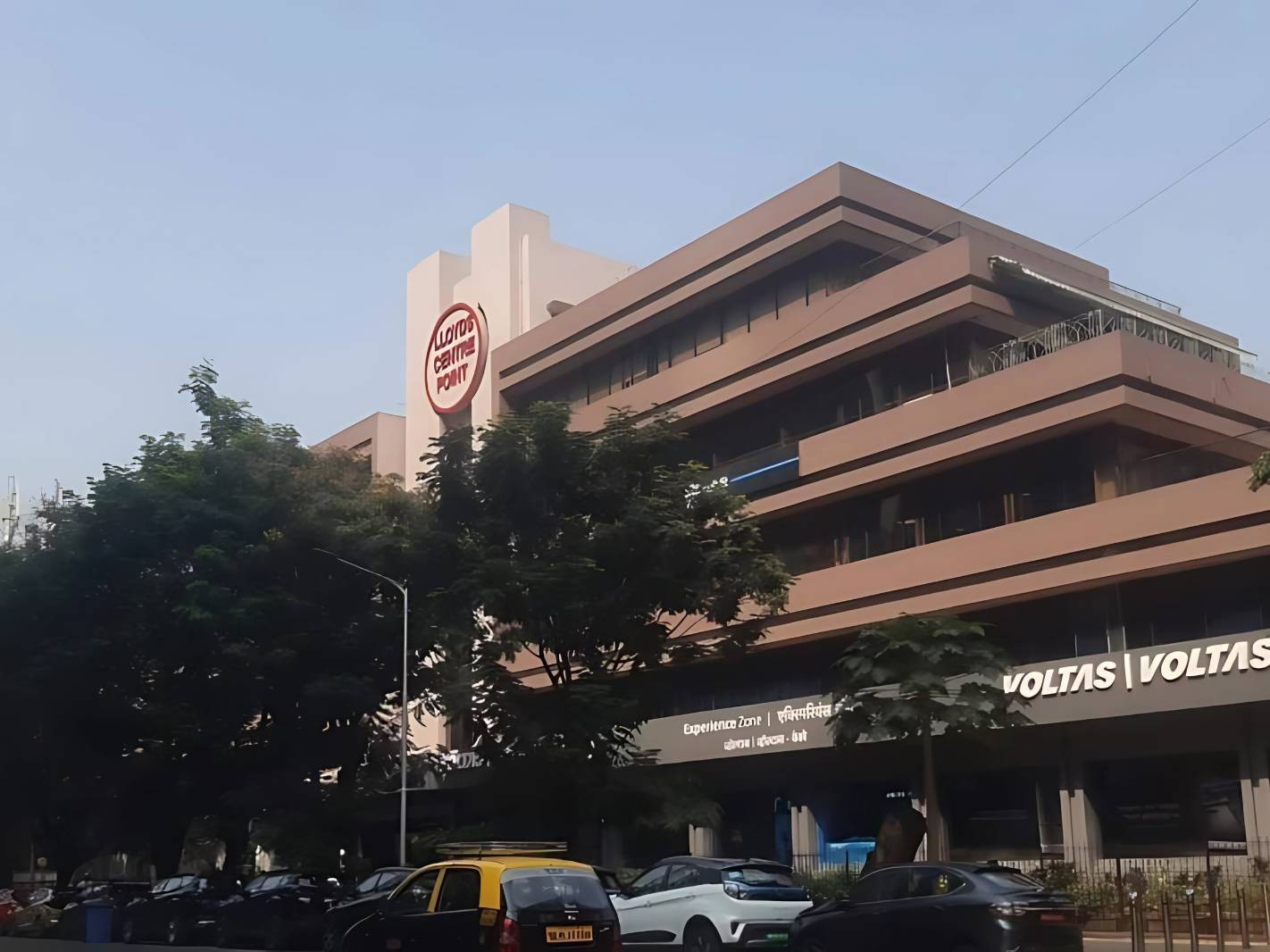
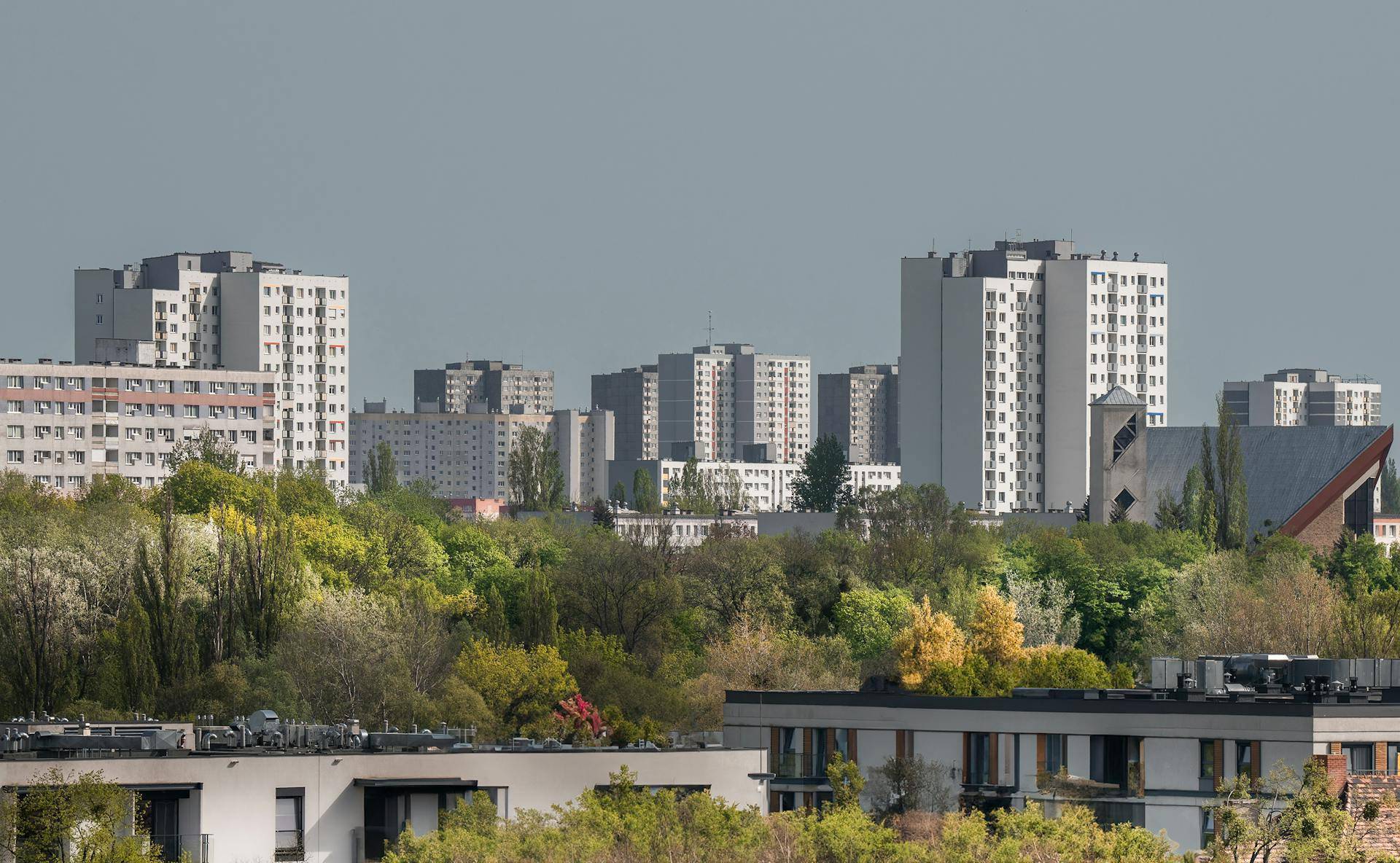
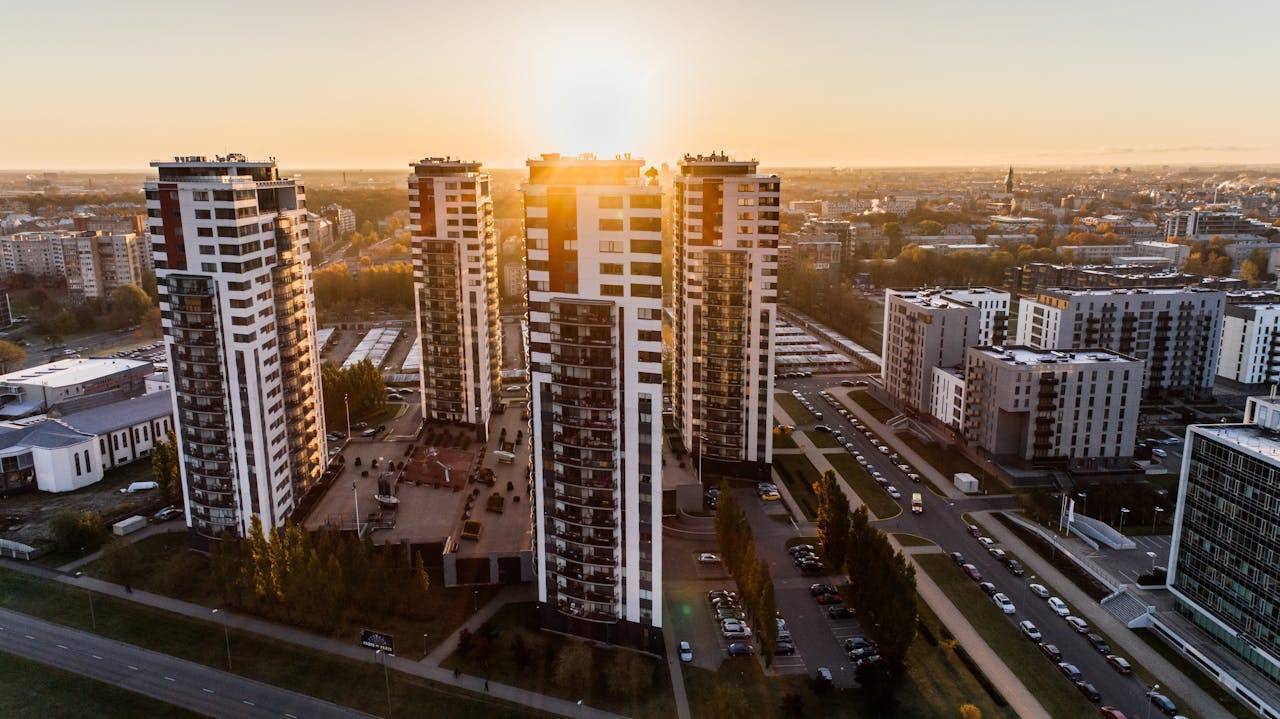
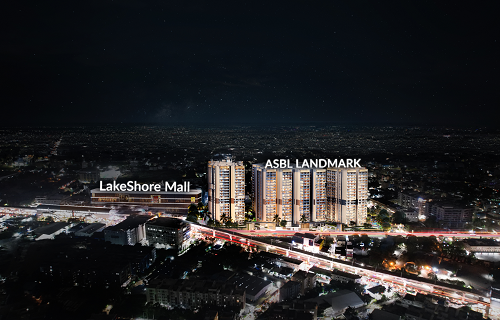
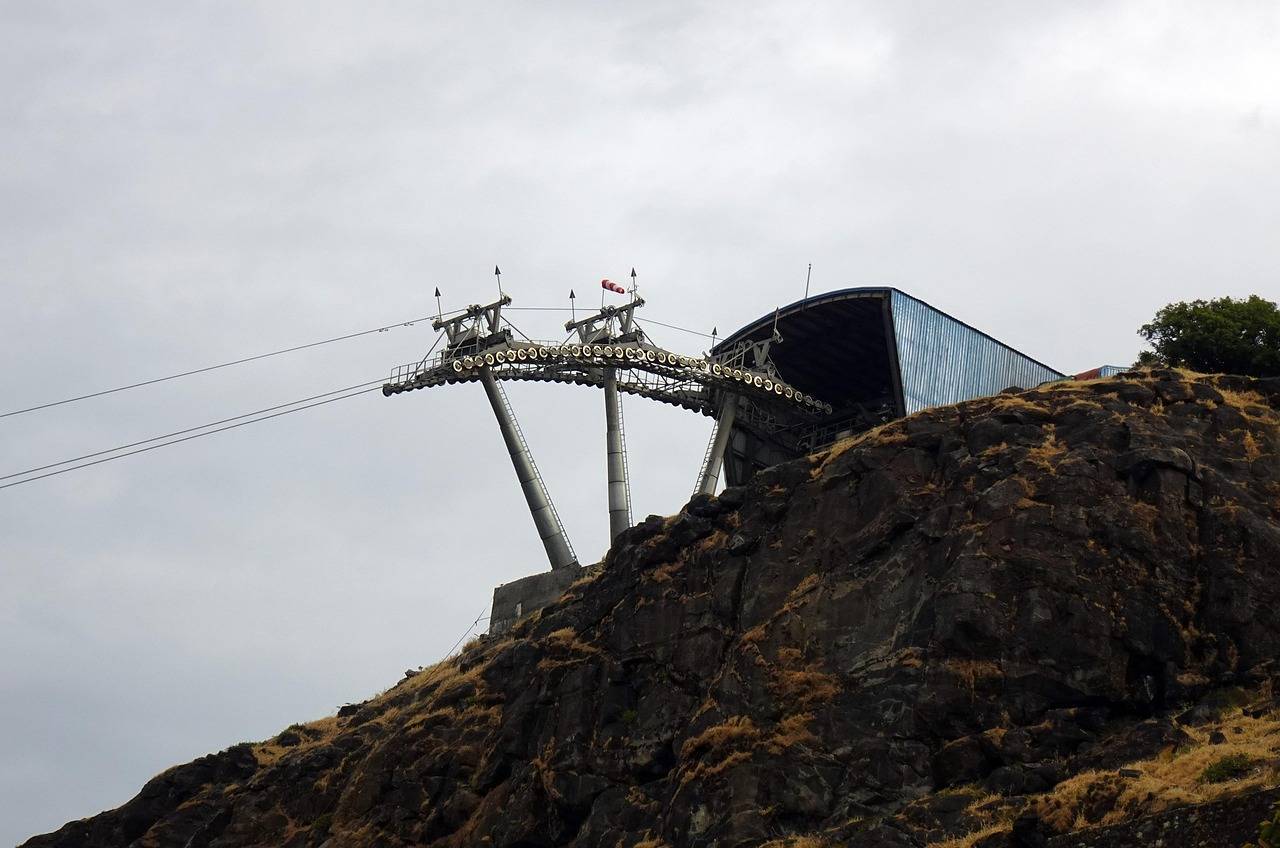
.png)